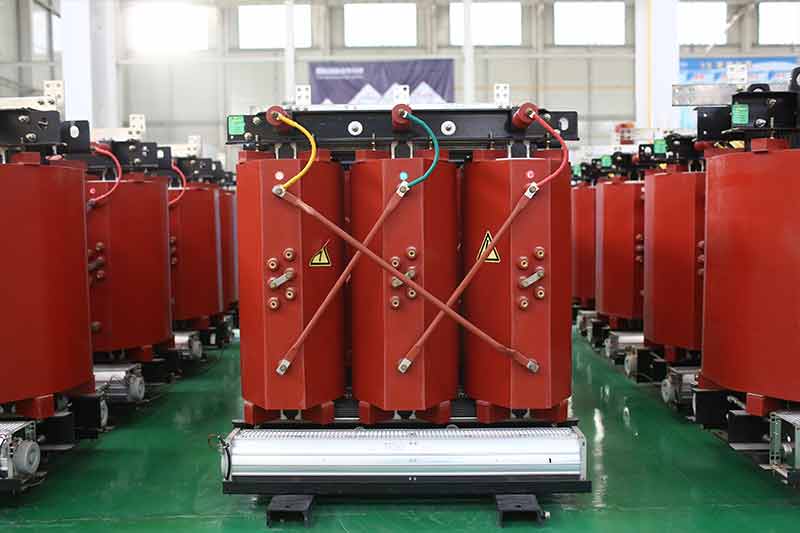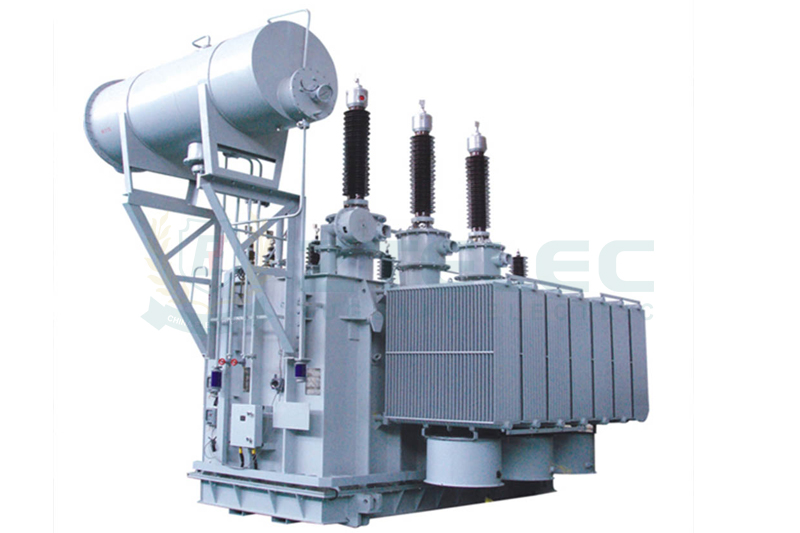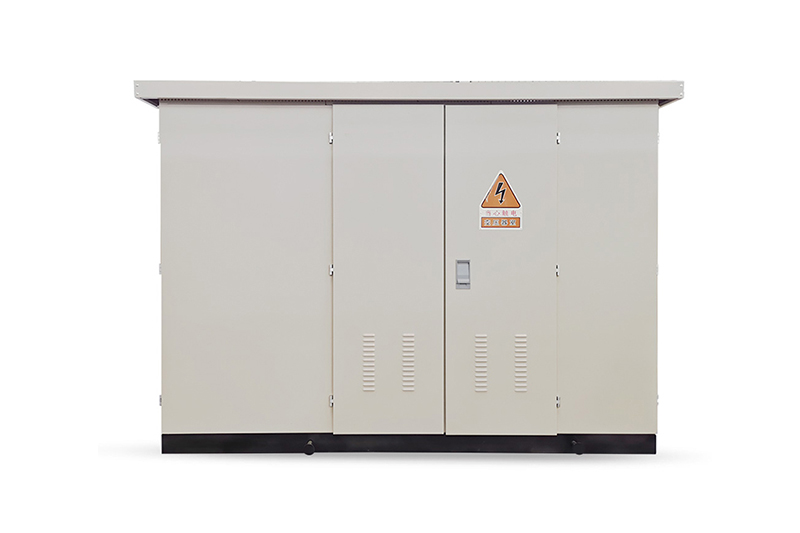The working principle of a three-phase transformer.
Time:2024-09-7 Auther:ZTelec-www.ztelectransformer.com

The working principle of three-phase transformer:
Three-phase transformer is an important equipment widely used in power system. Its main function is to realize voltage transformation and energy transfer through electromagnetic induction principle. The working principle of three-phase transformer is based on the basic law of electromagnetic induction, which has the characteristics of high efficiency, stability and reliability.
Basic working principle:
The working principle of three-phase transformer is mainly based on the principle of electromagnetic induction. When the AC voltage is applied to the primary winding of the transformer (also known as the primary winding), the AC current immediately flows into the winding, resulting in an exciting effect. This excitation creates an alternating flux in the core. This alternating flux passes not only through the primary side winding, but also through the secondary side winding (also known as the secondary winding), causing an induced electromotive force in each winding.
Magnetic flux and induced electromotive force:
When the alternating flux passes through the winding, an induced electromotive force is created in the winding. The magnitude of this induced electromotive force is proportional to the rate of change of the magnetic flux, and the direction follows Lenz’s law. In a three-phase transformer, because the magnetic flux passes through both the primary and secondary windings at the same time, the induced electromotive force is generated in both windings. If the secondary side winding is connected to the load of the external circuit, the AC current will flow out, thus achieving the output of electrical energy.
Structure of three-phase transformer:
The three-phase transformer consists of three core columns, each of which is surrounded by two coils in the same phase, one is a high-voltage coil and the other is a low-voltage coil. This design makes the three-phase transformer structurally more compact, while also improving its efficiency and stability. The three-phase winding of U, V and W in the three-phase transformer corresponds to the three phases of three-phase AC, and the voltage relationship between them determines the output voltage and current characteristics of the transformer.
Detailed process of electromagnetic induction:
When the AC voltage is applied to the primary winding, the current flows through the winding, forming an alternating magnetic field. This magnetic field causes alternating magnetic flux in the core, which creates induced electromotive force in the winding as it passes through the secondary side winding. The magnitude and phase of this induced electromotive force depend on the rate of flux change and the turn ratio of the winding. In the case of ignoring the transformer loss, the voltage ratio of the primary and secondary windings is equal to their turns ratio, that is, U1/U2 = W1/W2.
Application of three-phase transformer:
Three-phase transformers are widely used in power systems. They are used for voltage conversion, transmission and distribution of electrical energy. In the transmission system, the three-phase transformer can convert high-voltage electrical energy into low-voltage electrical energy for use in the distribution system. At the same time, they can also be used for reactive power compensation and harmonic suppression of power system to improve the stability and economy of power system.
The working principle of the three-phase transformer is based on the principle of electromagnetic induction, which causes the induced electromotive force in the winding through the alternating magnetic flux to realize the transformation of voltage and the transfer of electric energy. Its compact structure, high efficiency, good stability, is an indispensable important equipment in the power system.
It is important to understand the working principle of three-phase transformer for the operation and maintenance of power system. Three-phase transformer is widely used in power system, not only can realize voltage transformation and energy transfer, but also can be used for reactive power compensation, harmonic suppression and other functions. In the transmission system, three-phase transformers play a crucial role, they can convert high-voltage electrical energy to low-voltage electrical energy, distribution and use in the distribution system. At the same time, three-phase transformers are often used in industrial production, such as in large mechanical equipment or industrial production lines, through three-phase transformers to meet the needs of different equipment for electrical energy.
In addition to the application fields mentioned above, three-phase transformers are also widely used in urban buildings, commercial complexes and residential areas. These places need a stable and reliable power supply system to ensure normal operation and life needs.
Three-phase transformers play an important role in these places through their high efficiency, stability and reliability. In addition, there is growing demand in the field of new energy. With the continuous development of clean energy technologies such as solar power generation and wind power generation, it is necessary to properly adjust and match when accessing the grid to better integrate into the entire power supply network.
In this process, the three-phase transformer has become one of the essential devices. In short, because of its multiple functions and wide range of applications, understanding and mastering the working principle of three-phase transformers is of great significance to practitioners in related industries, and helps to optimize the use of resources, improve the quality of power supply, and promote the progress of clean energy technology.




